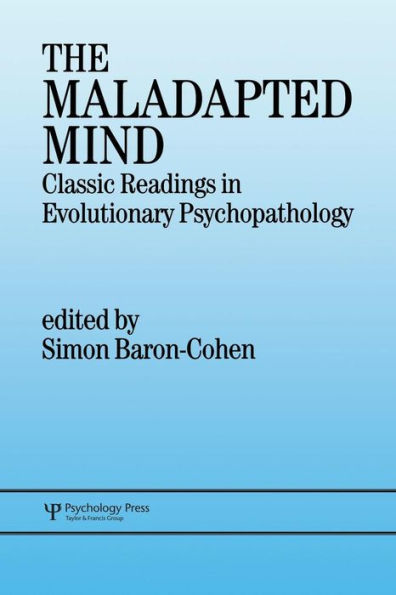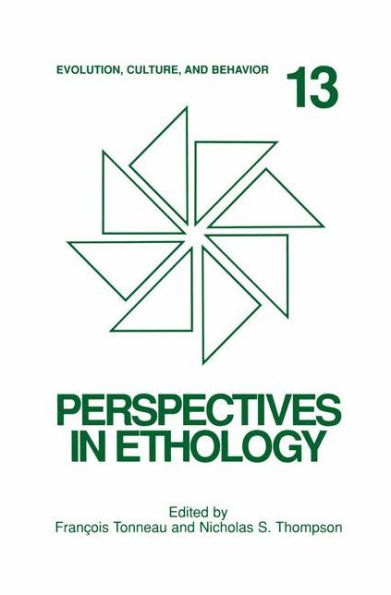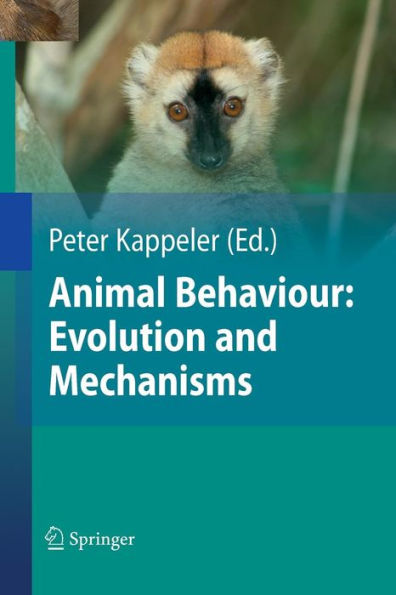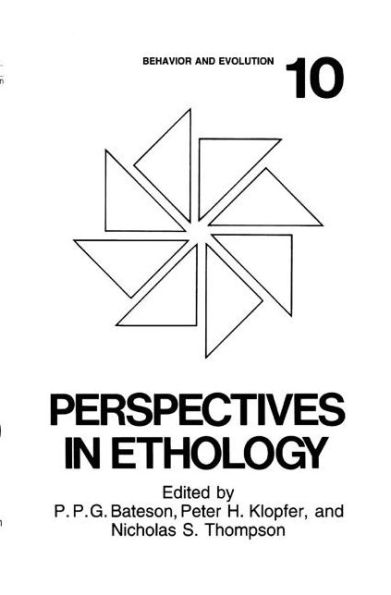Home
Evolutionary Behavioral Ecology and Psychopathy
Barnes and Noble
Evolutionary Behavioral Ecology and Psychopathy
Current price: $129.99


Barnes and Noble
Evolutionary Behavioral Ecology and Psychopathy
Current price: $129.99
Size: Hardcover
Loading Inventory...
*Product information may vary - to confirm product availability, pricing, shipping and return information please contact Barnes and Noble
This book examines the study of psychopathy using behavioral ecological framework. It consists of two parts. The first describes the science of human behavioral ecology, including:
• Basic concepts of evolutionary biology
• Evolutionary behavioral sciences
• Evolutionary ecology of family
• Evolutionary tradeoffs
• Life history theory
• Behavioral ecology of personality
• Psychopathy and its current evolution.
The second part of the book describes empirical research on psychopathy in evolutionary ecological context, aiming to explore fertility-longevity tradeoffs in psychopathy, interacting phenotypes in psychopathy, and parental effects associated with psychopathy. This part contains the discussion of the study’s findings which is based on several theoretical concepts described in part one.
This volume is ideal for psychopathy researchers hoping to bridge the natural and social sciences in a new and innovative way.
• Basic concepts of evolutionary biology
• Evolutionary behavioral sciences
• Evolutionary ecology of family
• Evolutionary tradeoffs
• Life history theory
• Behavioral ecology of personality
• Psychopathy and its current evolution.
The second part of the book describes empirical research on psychopathy in evolutionary ecological context, aiming to explore fertility-longevity tradeoffs in psychopathy, interacting phenotypes in psychopathy, and parental effects associated with psychopathy. This part contains the discussion of the study’s findings which is based on several theoretical concepts described in part one.
This volume is ideal for psychopathy researchers hoping to bridge the natural and social sciences in a new and innovative way.


















